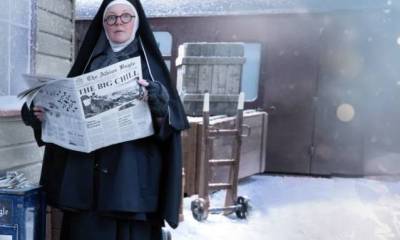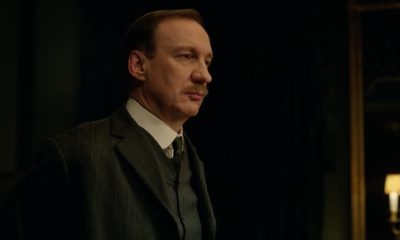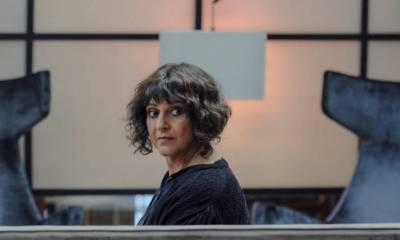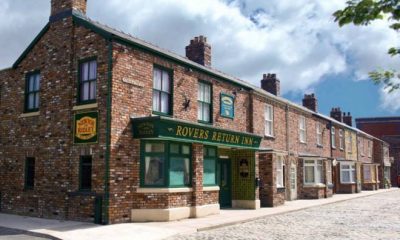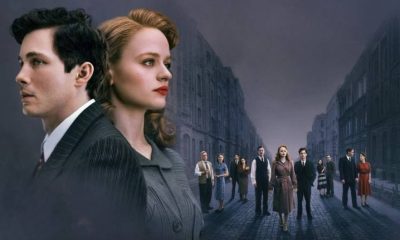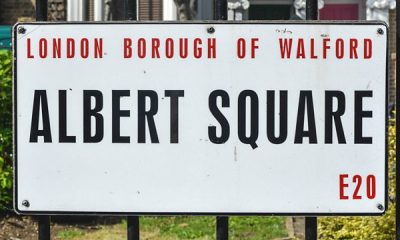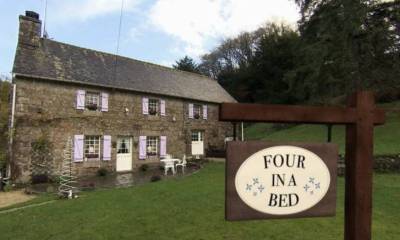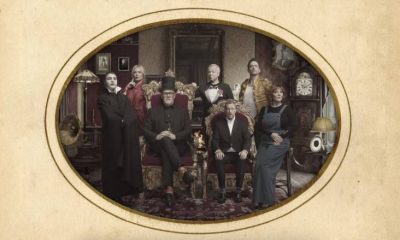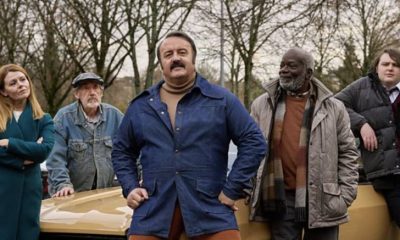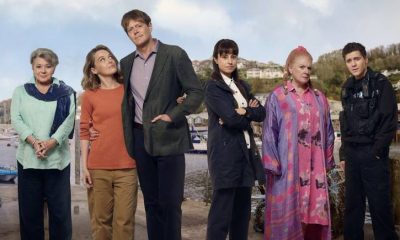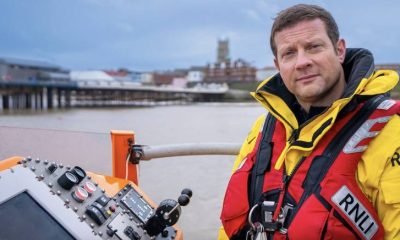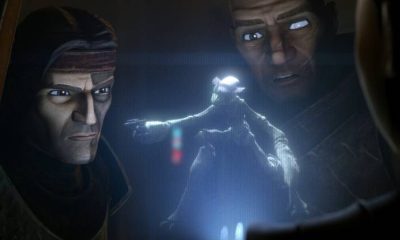Movies
Bhowani Junction (MGM 1956, Ava Gardner, Stewart Granger)
George Cukor’s epic film was shot less than a decade after the British handover of India and reflected the West’s continuing ambiguity about the ending of empires in the post-war upheavals, using the microcosm of a busy railway junction and a cross-cultural love affair to reflect the larger issues. Ava Gardner plays Victoria Jones, an Anglo/ Indian assigned to assist Colonel Rodney Savage (Stewart Granger), who is charged with guarding the rail links against Communist saboteurs. As riots break out and the terrorist threat rises, Victoria begins to fall for Savage, but at the same time is drawn to Patrick Taylor (Bill Travers), the local rail superintendent who, like her, is Anglo/ Indian.
Torn between being European and Indian, her ideals and emotions are further harmed when she kills a British officer (Lionel Jeffries) trying to rape her and is saved from detection by the local Communist leader Ghanshyam (Peter Illing). The tension of the film comes both from her conflict and the external conflict raging around her, and the eventual resolution is also an analogy for the political situation at the time.
Shot in glorious Cinemascope by Freddy Young, who holds the rare distinction of three consecutive Oscars, for his work with David Lean, the film captures both the busy urban haste of the eponymous junction and the beauty of the surrounding countryside as well, of course, as capturing Gardner in all her beauty. The film was shot in Pakistan, which doubled as Bhowani.
production details
USA / MGM / 110 minutes / 1956
Writers: Sonya Levien, Ivan Moffat, from John Masters’ novel
Cinematography: Frederick A. Young
Music: Miklos Rozsa
Producer: Pandro S. Berman
Director: George Cukor
cast
Marne Maitland as Govindaswami
Ava Gardner as Victoria Jones
Alan Tilvern as Ted Dunphy
Stewart Granger as Col. Rodney Savage
Abraham Sofaer as Surabhai
Bill Travers as Patrick Taylor
Francis Matthews as Ranjit Kasel
Peter Illing as Ghanshyam
-

 News3 days ago
News3 days agoThe Voice, April 22, 2024, NBC, “The Playoffs Premiere”
-
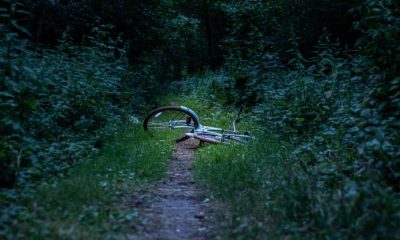
 News2 days ago
News2 days agoAccused: The Girl in the Pool, 23 April 2024, Channel 5
-

 News3 days ago
News3 days agoDeal or No Deal Island, April 22, 2024, NBC, “Are You Ruthless?”
-
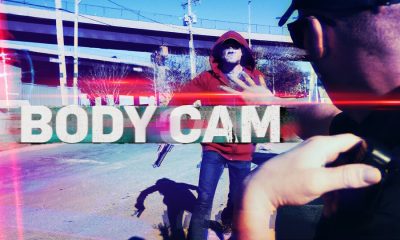
 News2 days ago
News2 days agoBody Cam, April 23, 2024, Investigation Discovery, “A Hail of Bullets”






